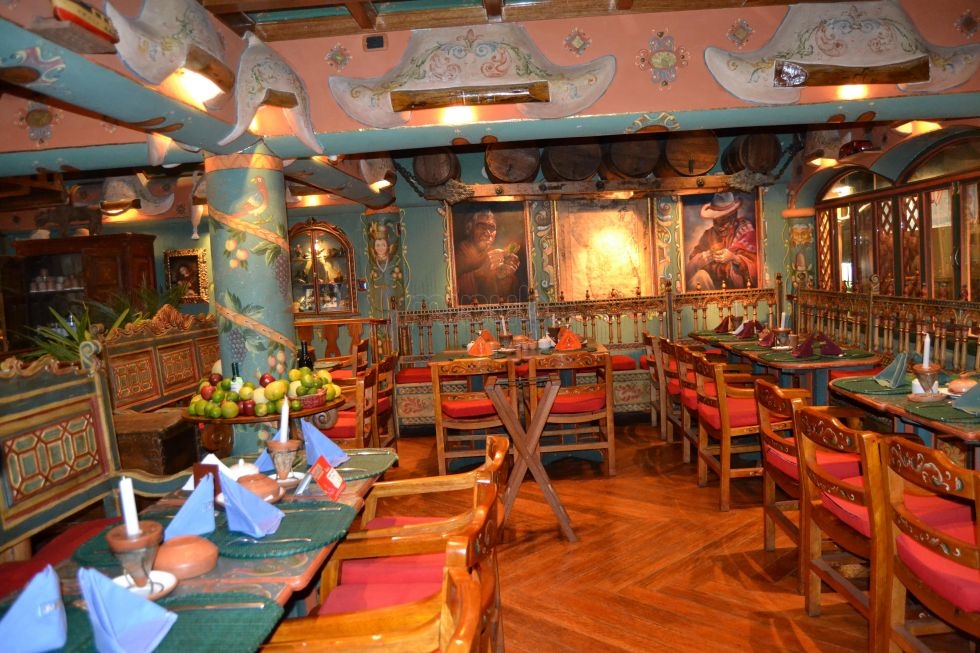Today we are taking you to Peru the land of all things ancient and beautiful. Experience the beauty of Peru’s history by visiting places like Machu Piccchu, Chan, Chan or the many great museums that await you in Lima. Visitors will leave Peru with a greater understanding of its lost civilisation and with a deeper sense of its past and how it still lives on in Peru.

It’s important to not rush your journey through Peru because you get the most out of it by simply relaxing and enjoying the ride. Peru is a paradise for the active traveller, who will get much joy from activities such as rafting, bike trails and paragliding, but still revel in the simplistic wonders such as a holy journey to an Andean peak or watching the sun set over the dusty remnants of an ancient civilisation.
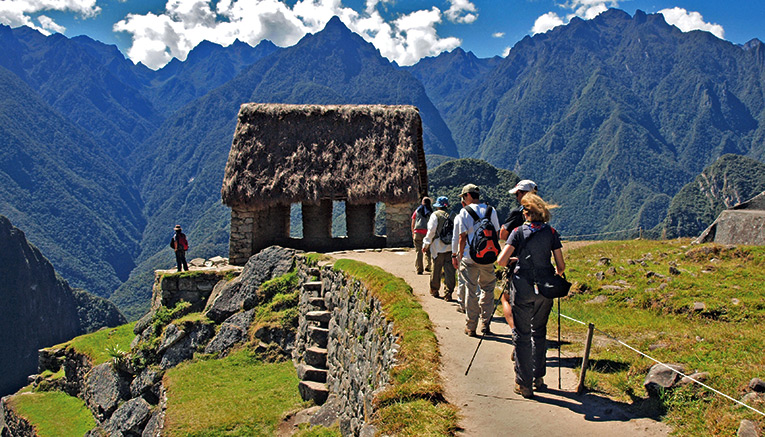
Our hotel of choice is The Country Club Lima Hotel, situated in the prestigious residential area of San Isidro district of Lima and is approximately 20 minutes from downtown Lima. This luxurious hotel was built in 1927 and declared a Peruvian cultural monument, so its no surprise why it so perfectly blends architectural charm, history and modern comfort together to create a luxury haven for its guests. Each of the rooms and suites are decorated in a delightful mix of classical and Peruvian artworks, so you can expect nothing less than innovative style and sophisticated ambience during your stay.
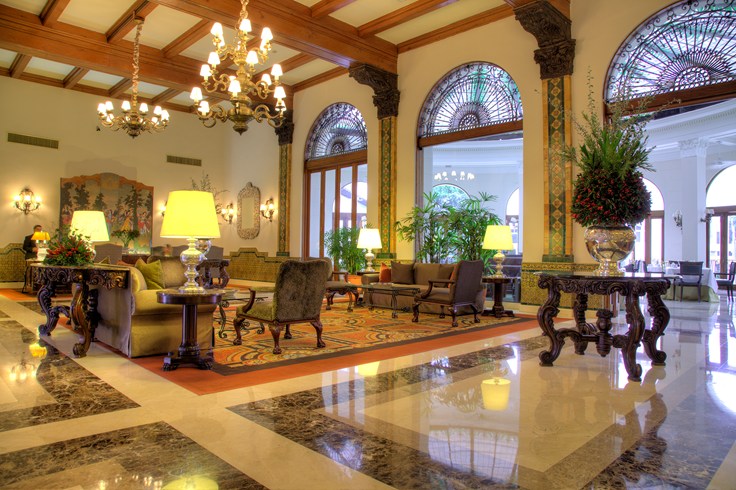
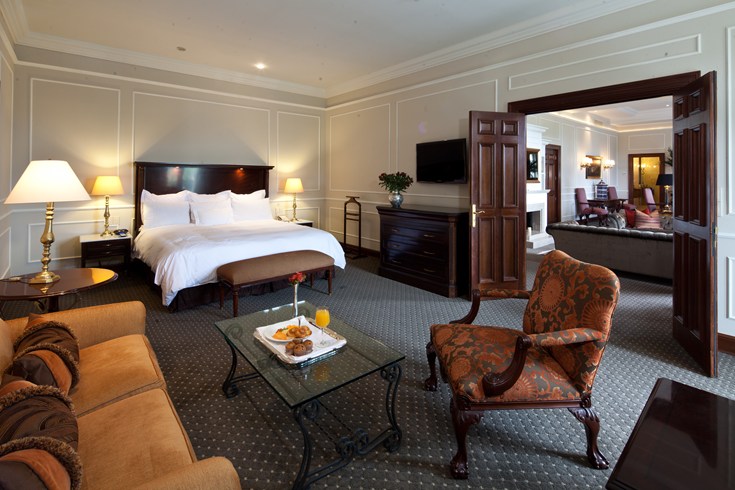
While in Peru you absolutely have to visit the lost Incan city of Machu Picchu, it’s the main attraction in Peru and for many traveller the whole purpose of their trip. With its amazing and awe-inspiring location, it is no surprise that the lost Incan city of Machu Picchu is the best-known and most spectacular archaeological site on the continent. Even though countless of tourists visit this site from June to September, it still remains a wonder and mystery to those who first lay eyes on it.
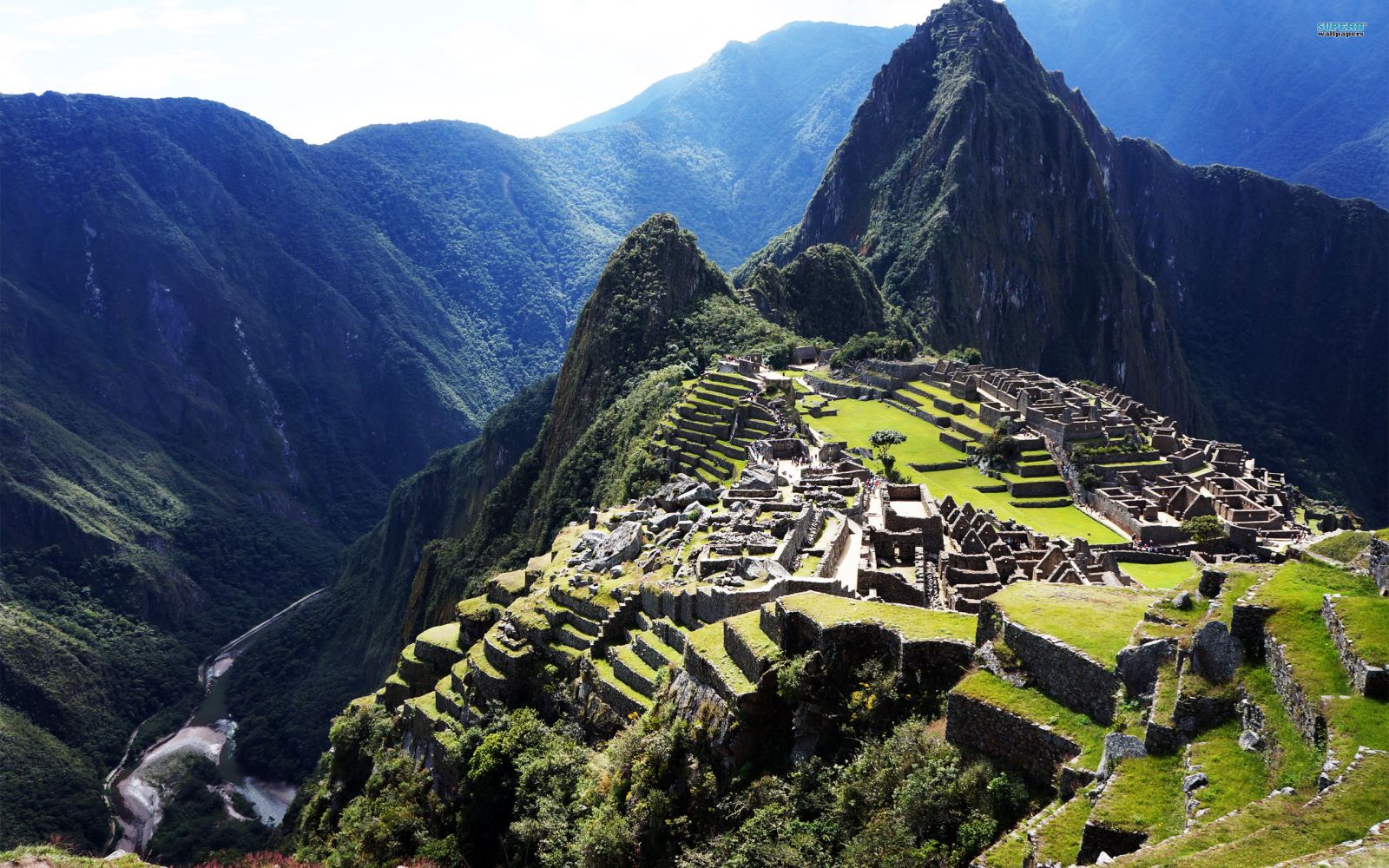
There are many theories as to how the lost Incan city of Machu Picchu was founded, but the world wouldn’t have even known of its existence if not for American historian Hiram Bingham who stumbled upon it in 1911, and when he returned in 1912 and 1915, he also discovered some of the ruins on the so-called Inca Trail. Asides from a tourist attraction Machu Picchu was also used in Alejandro Toledo’s ( the country's first indigenous Andean president) inauguration in 2001.
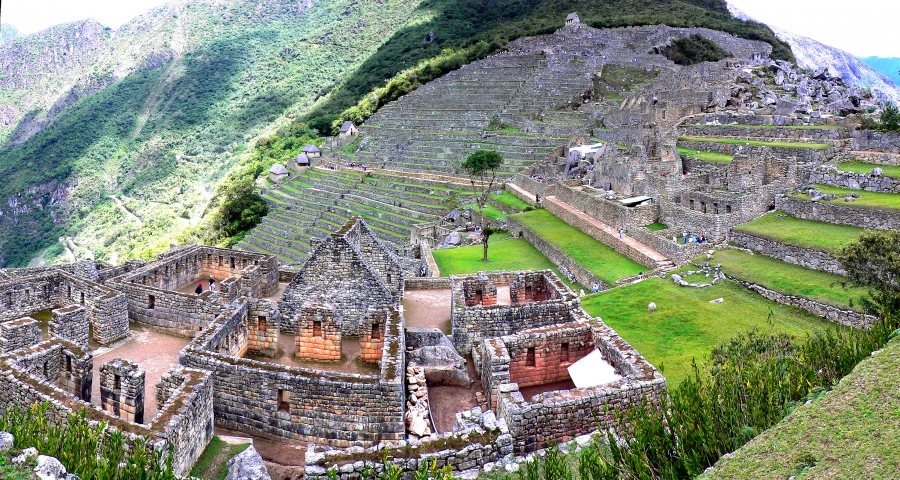
Casa-Hacienda San José is a former slave plantation and an interesting place to explore as it gives visitors a rare insight into Afro-Peruvian history, so of which is guilded and some quite gruesome. Visitors even have the option to stay overnight as the hacienda finally reopened its doors as a 12-room hotel in 2012 after a five-year hiatus following the 2007 earthquake. However if you do not choose to stay you can still take the one hour tour of the hacienda and its famous catacombs. The original building dates from 1688 and surviving artefacts include agricultural equipment, frescos and brutal remnants of the system once used to subjugate the slaves including an extensive web of catacombs and underground tunnels.On Sundays there is a dinner buffet show where you will experience athletic Afro-Peruvian dancing in the shaded courtyard.
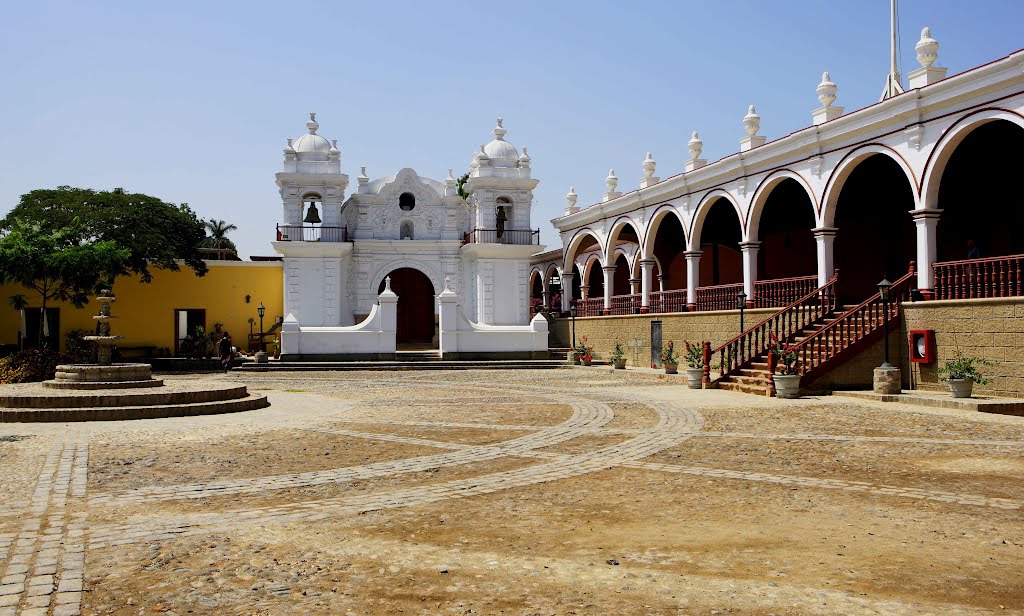
What’s a trip without a museum visit? Our museum of choice is the beautifully constructed Museo Leymebamba, with its wonderful multi-tiered roofs, all generously funded by the Austrian Archaeological Society.All the mummies found at Laguna de los Cóndores are house at the Museo Leymebamba, most of which are wrapped in bundles and can be seen in glass cases; some however have been unwrapped, so take caution if you’re not one for gruesome visuals. There are also well-presented artefacts on display which include ceramics, textiles, wood figures and photos of Laguna de los Cóndores.

Chan Chan was Built around AD 1300 and covering 20 sq km is the largest pre-Columbian city in the Americas, and the largest adobe city in the world.
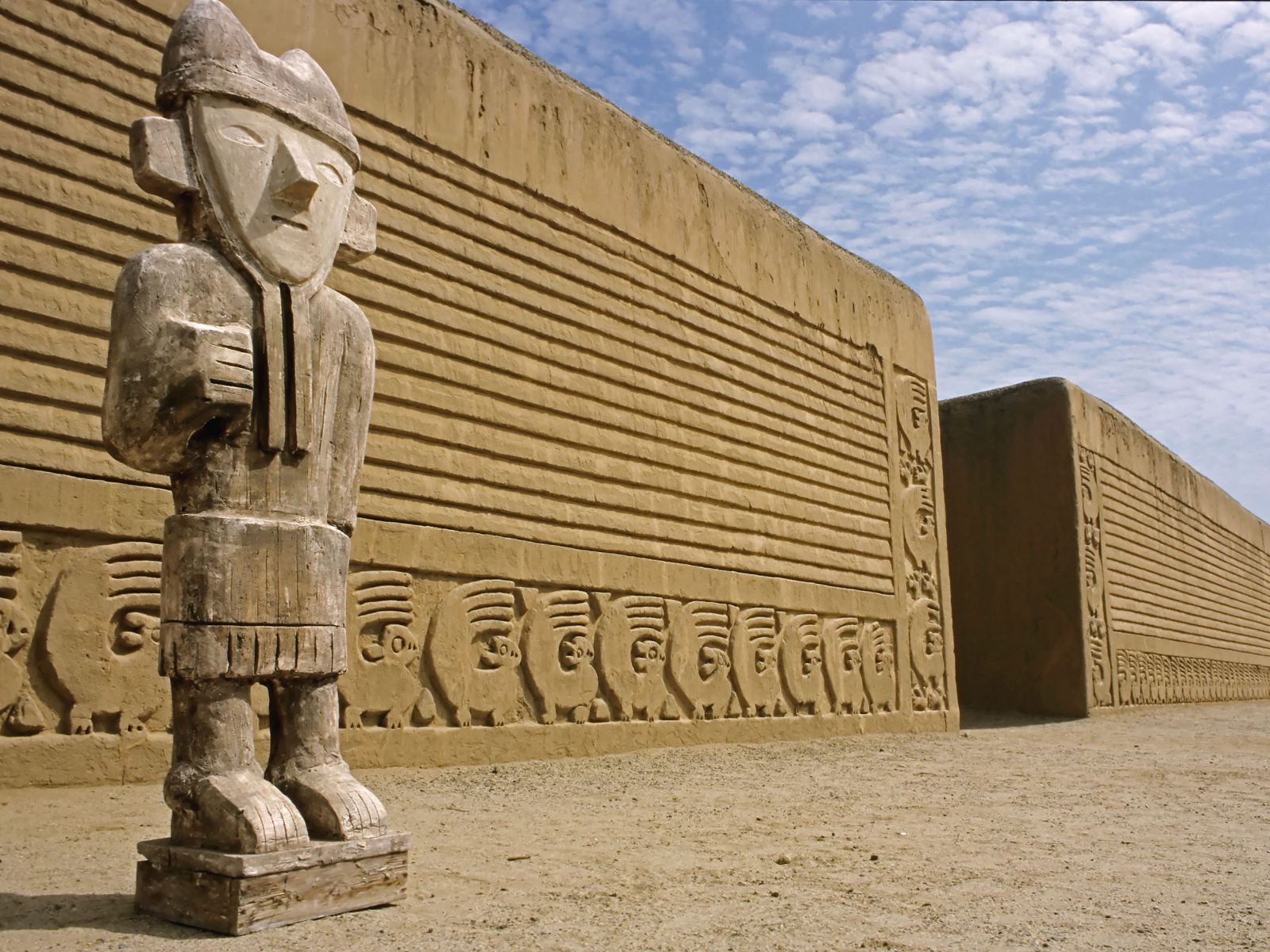
Chan Chan had an estimate of 60,000 inhabitants at the height of the Chimú Empire and contained a vast wealth of gold, silver and ceramics. However little but gold dust remained after the Spaniards arrived and looted the city. We imagine that Cha Chan must have been a spectacular and dazzling city at one point but due to the devastating El Niño floods and heavy rainfall, this is hard to see without using your imagination to full in the gaps. The Tschudi Complex is the only section of Chan Chan that is partially restored and safe to visit. At the The Tschudi Complex entrance you will find an entrance area with tickets, snacks, souvenirs, bathrooms, the small Museo de Sitio Chan Chan with information in English and Spanish, and guides. There are also fish-shaped pointers all around if you wish to see everything without a guide.
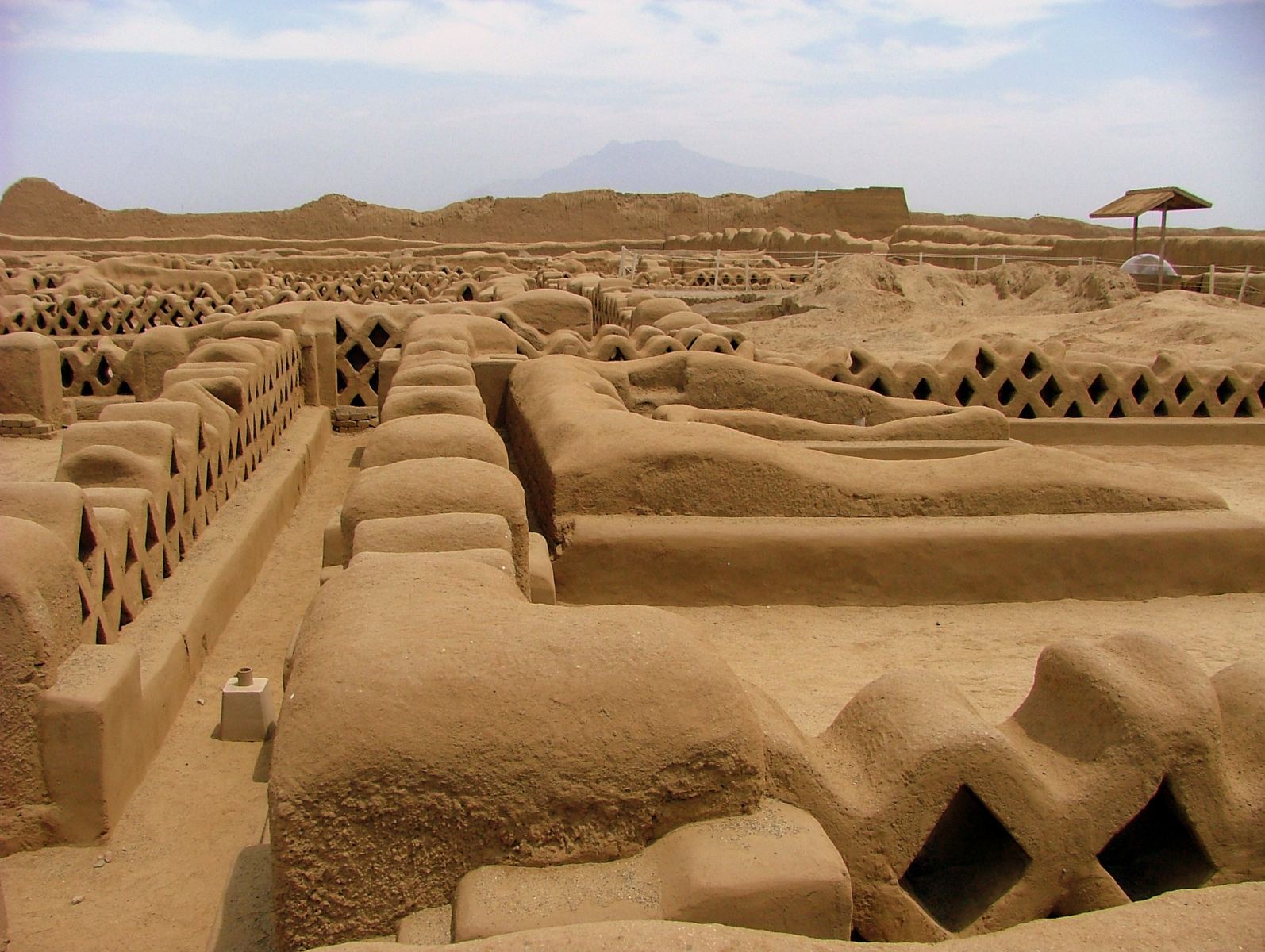
The unique floating Islands of Islas Uros are Lake Titicaca’s top attraction. These floating islands were created from nothing, built entirely with the buoyant totora reeds that grow in the shallows of the lake. The reeds are so important to the lives of the Uros people because they use them to build homes, boats and crafts, and they are even partially edible, tasting like hearts of palms. Each of the islands are constructed from many layers of the totora and are constantly replenished from the top as they rot from the bottom, which means the ground is always springy and soft.
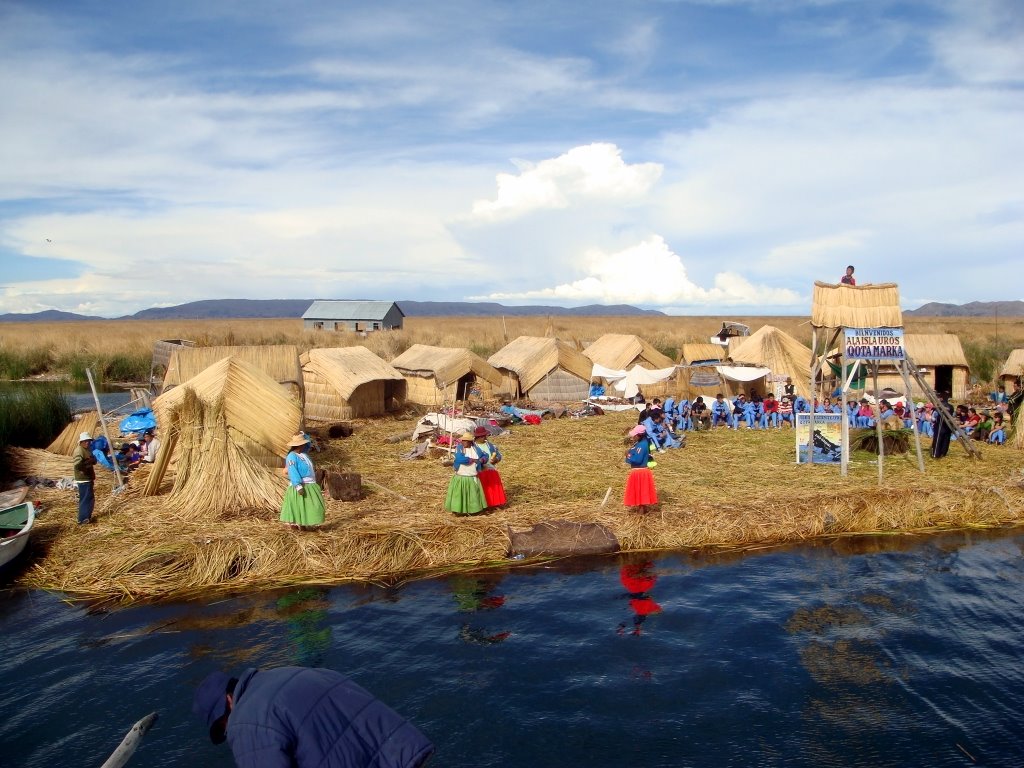
Some of the islands have created archways and swing sets; on other islands, they have created elaborate designs of reed boats. Visitors must be prepared to pay for photographs and boat rides, and when visiting the more traditional island be aware that the people prefer to not be photographed at all. Getting to Islas Uros is easy as ferries leave from the port for Uros at least once an hour from 6am to 4pm.
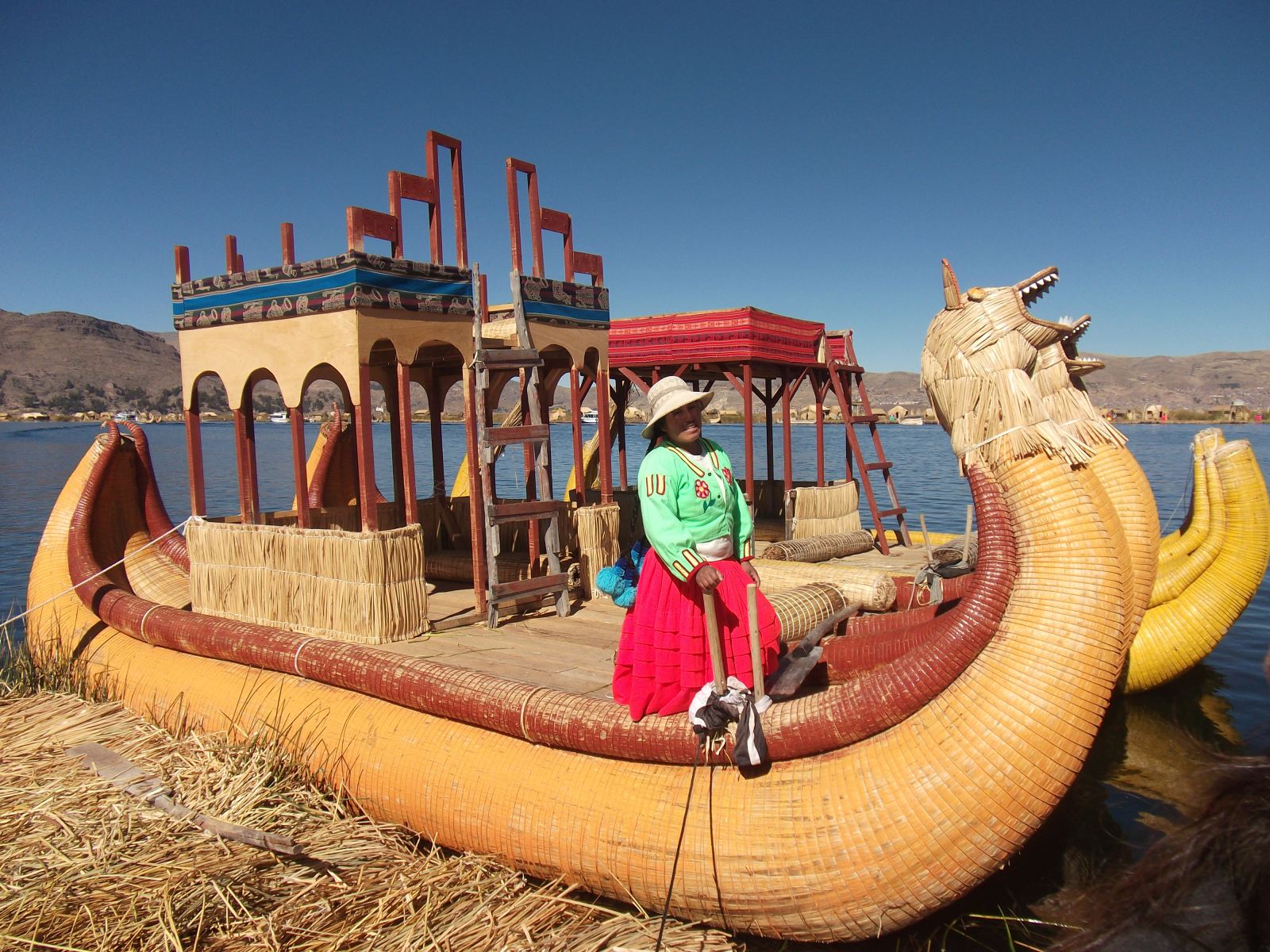
If the fact that it’s a multi-award-winning restaurant doesn’t win you over then were sure when you arrive the food and hospitality at Indi Feliz will. Decorated with imitation Gauguin panels, a carved figurehead damsels, colonial benches and vintage objects, the décor depicts the imagination of a long lost castaway. Fortunately for you the food is as fascinating as the décor, we recommend starting with the sopa criolla, a potent and flavourful broth, served with hot bread, homemade butter and optional chilies, then for mains be spontaneous.
